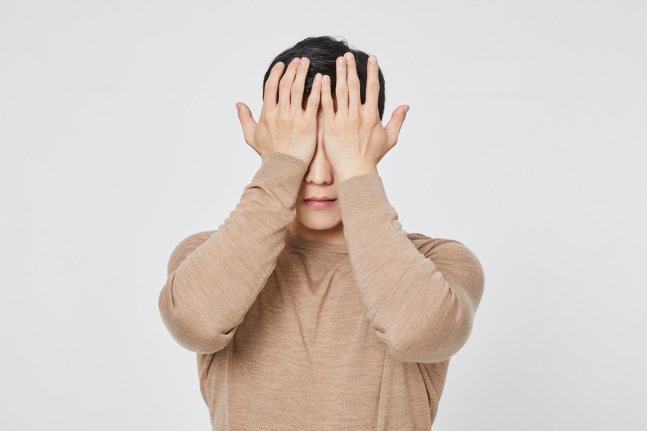
Many people in busy modern society experience quick eye fatigue. If your eyes easily become tired and you're concerned about it, changing the lighting is a good idea. Using lighting that puts less strain on your eyes and making good use of a stand can help alleviate eye fatigue.
Just changing indoor lighting can reduce eye fatigue. It is better for the eyes to use LED lighting instead of fluorescent or incandescent bulbs indoors. LEDs are semiconductors that emit light on their own, and they have been widely used in TVs and computer monitors before being adopted for indoor lighting. They produce almost no flickering and do not emit ultraviolet or infrared rays, making them better for eye protection than incandescent or fluorescent lights. Fluorescent lights generate slight flickering during the process of producing light through phosphor materials. Because the pupils of the eyes repeatedly dilate and contract, prolonged exposure to fluorescent lights can cause eye fatigue. Incandescent bulbs also have high luminance (brightness), and keeping them on for a long time can easily tire the eyes.
Some people dim the lights and only turn on the desk lamp, but this habit can be harmful to the eyes. When there is a high contrast between the screen the eyes are focused on and the surrounding environment, the eyes can easily become fatigued. It is also better to avoid illuminating only with indoor lighting without a stand. If the light is behind you, shadows may be cast on the book. When reading, studying, or doing close-up work, it is better to keep the room's overall lighting bright and use auxiliary lighting such as a stand lamp. Consistent brightness throughout the room helps the eyes feel more comfortable.
When using a computer, the entire room should be well lit. Staring at a bright computer monitor in a dark room can cause symptoms such as vision deterioration or eyelid twitching. Turn on the room lights or direct a stand lamp towards the wall to minimize the brightness difference between the monitor and the indoor space. Also, avoid making the text and icons on the monitor too small, as this can cause eye fatigue.
The same goes for smartphones. It is best not to look at your smartphone with the lights off in the room before going to bed. If you must use your phone in a dark place, you should lower the screen brightness to minimize visual stimulation. Sleeping with the TV or lights on is also not good for your eyes, as continuous exposure to light increases eye fatigue. To give your eyes a rest after a day of nonstop activity, you should keep the surroundings dark even when sleeping.
LED, no flickering of light, good for eye protection
Using the entire room lighting along with auxiliary lighting is helpful.
The screen brightness of electronic devices should be similar to the surrounding light.
The same goes for smartphones. It is best not to look at your smartphone with the lights off in the room before going to bed. If you must use your phone in a dark place, you should lower the screen brightness to minimize visual stimulation. Sleeping with the TV or lights on is also not good for your eyes, as continuous exposure to light increases eye fatigue. To give your eyes a rest after a day of nonstop activity, you should keep the surroundings dark even when sleeping.